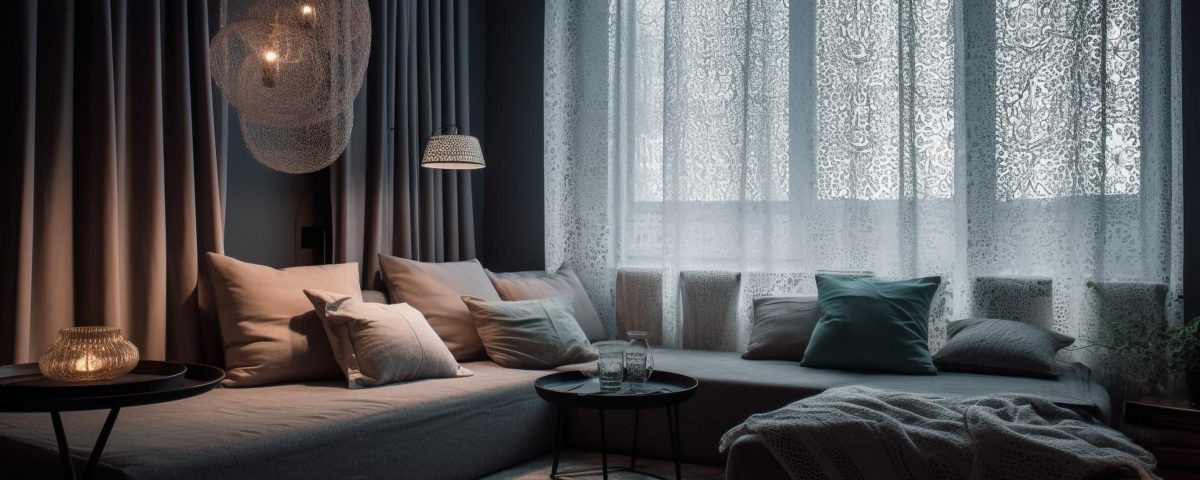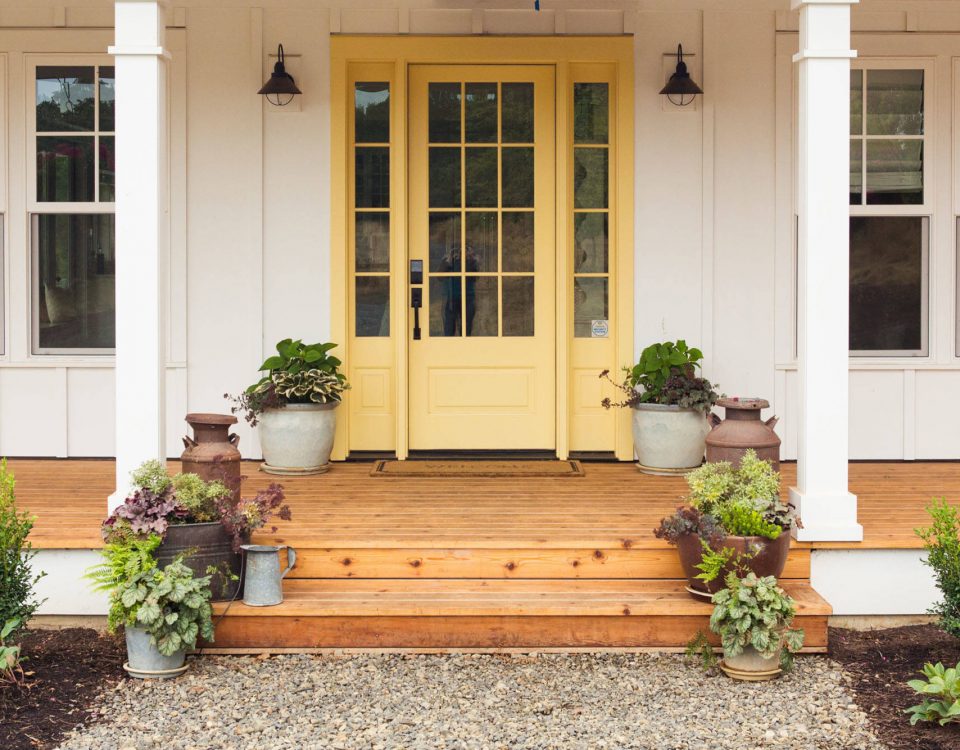Window Coverings

2024 Home Design Trends
January 3, 2024
Ski Hills
February 5, 2024How to Choose the Best Window Coverings
Selecting the right window coverings for your space is a crucial aspect of interior design, impacting both aesthetics and functionality. There are various options to choose from, including curtains, blinds, valances, shutters, and drapes. Each type offers unique features and benefits, making the decision-making process a bit overwhelming.
Window coverings are crucial elements in interior design, offering a blend of practical functionality and aesthetic enhancement. They provide privacy, control over natural light, temperature regulation, UV protection, and noise reduction. Additionally, window coverings contribute to the overall visual appeal of a room, acting as versatile design elements that can be customized for different spaces. From enhancing security to allowing for customization based on room-specific needs, window coverings play a multifaceted role in creating a comfortable, stylish, and functional living environment.
Here’s a guide to help you choose the best window coverings for your rooms:
Types of Coverings
Window coverings come in a diverse range of styles, each offering unique aesthetics and functionalities. Curtains, typically made of fabric, hang from rods and come in various lengths, adding softness and elegance to a space. Blinds, such as horizontal or vertical slats, provide precise light and privacy control with adjustable mechanisms. Valances are short decorative drapery hung above windows, adding a touch of sophistication. Swags are fabric draped in a cascading, decorative manner along the top of windows, creating an elegant and dramatic effect. Shutters are solid panels or slats attached to the window frame, offering a classic and timeless look.
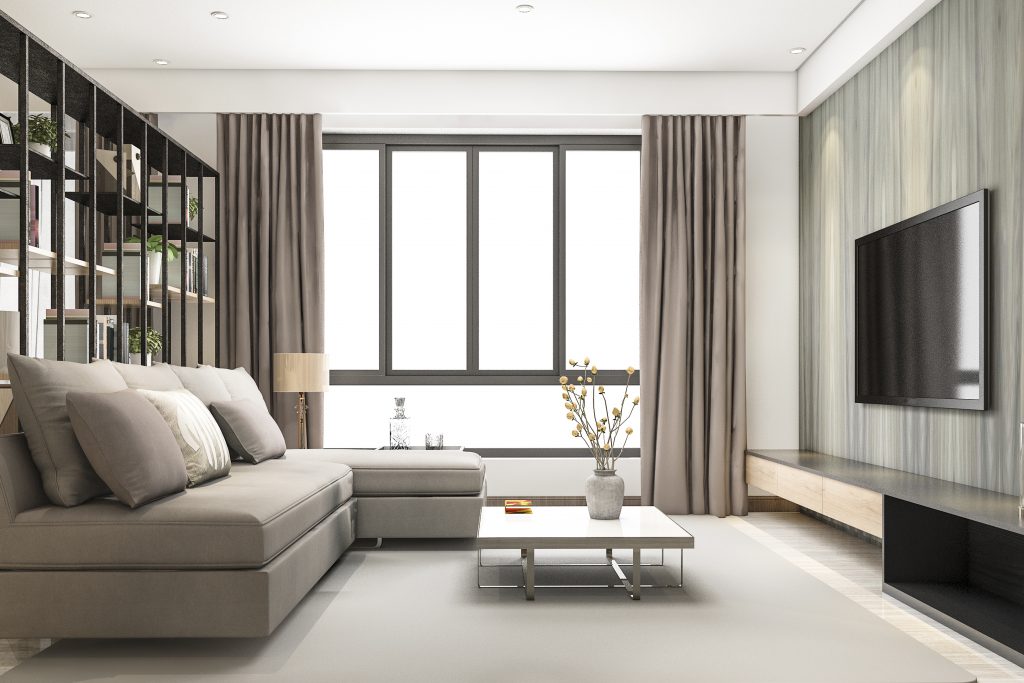
Consider the Room's Purpose
Before diving into specific window coverings, consider the function of the room. Different spaces may require varying levels of privacy, light control, and insulation. For example, bedrooms may benefit from blackout curtains for enhanced privacy and light blocking, while living rooms might benefit from versatile options that balance natural light and aesthetics.
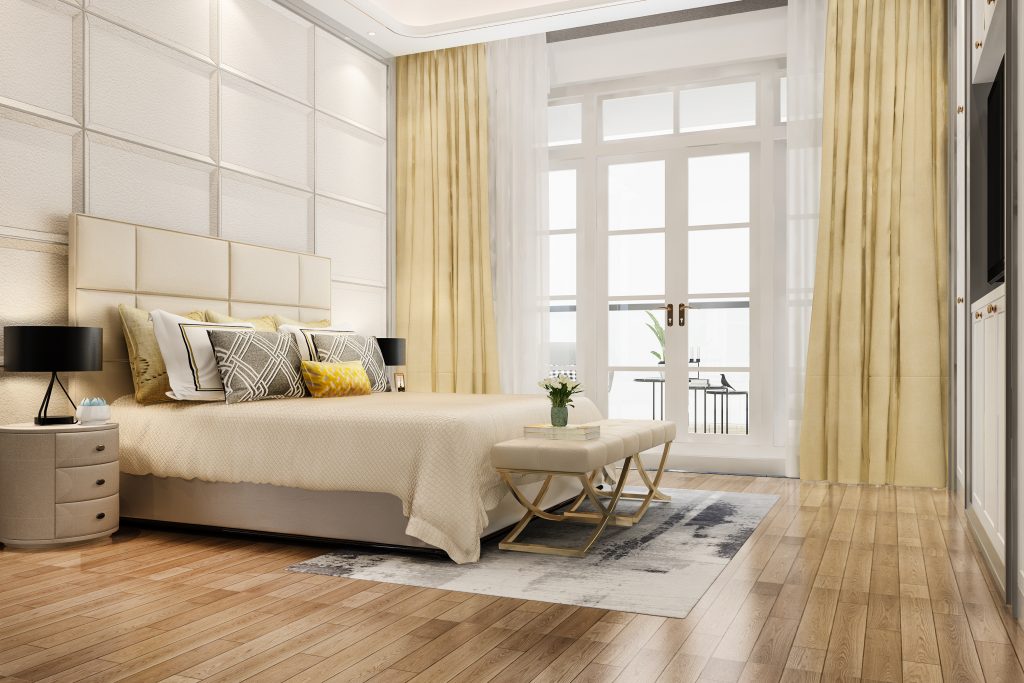
Light Control and Privacy
Assess how much natural light you want in each room and the level of privacy required. Sheer shades or light curtains can provide a soft glow and maintain privacy, while blackout curtains are excellent for rooms where you need complete darkness, like bedrooms or home theatres.
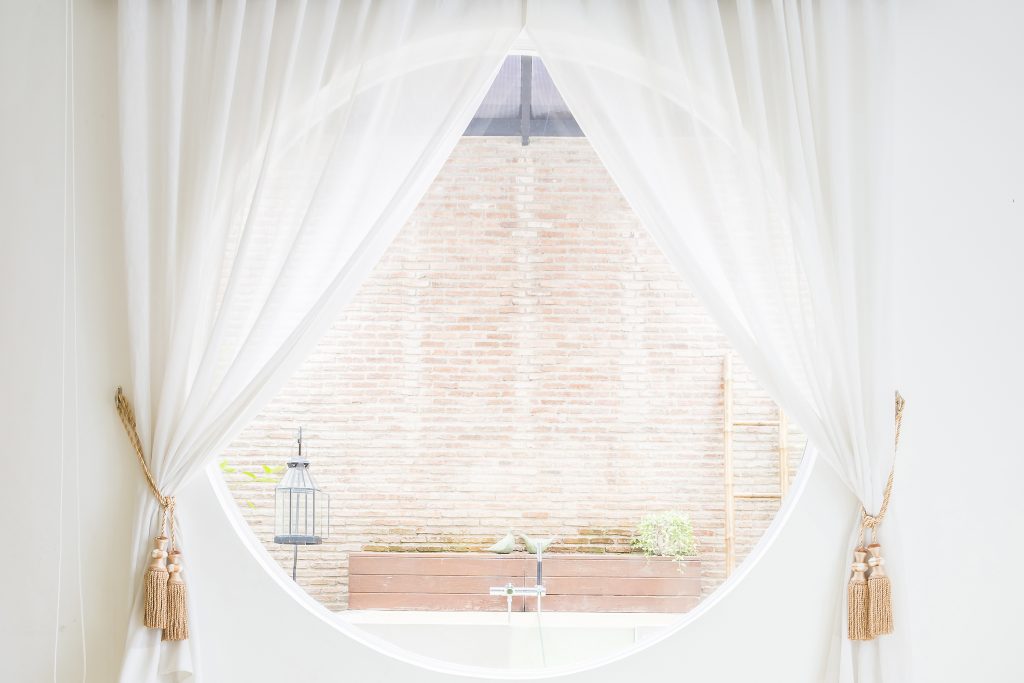
Aesthetic Appeal
Window coverings contribute significantly to the overall look of a room. Consider the existing color scheme, furniture, and decor when choosing curtains or blinds. Neutral tones are versatile and complement various styles, while bold colors or patterns can add a focal point to the room.
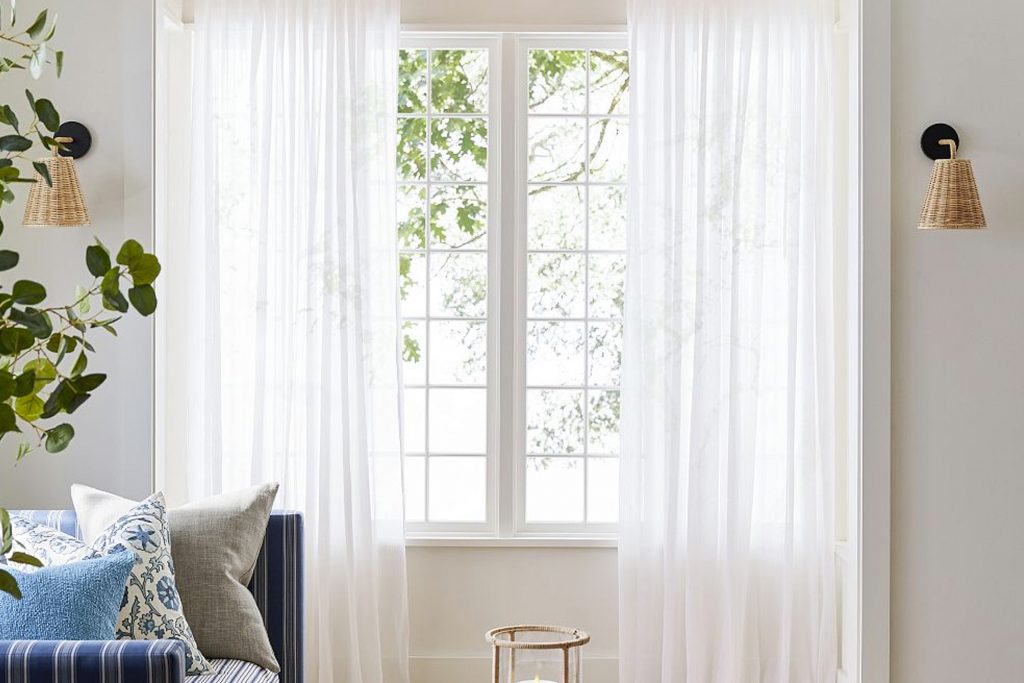
Room Size and Window Placement
The size of the room and the placement of windows play a role in choosing the right window coverings. In smaller rooms, lighter fabrics and minimalistic designs can make the space feel larger. For larger rooms, heavier drapes or layered window treatments can add a sense of grandeur.
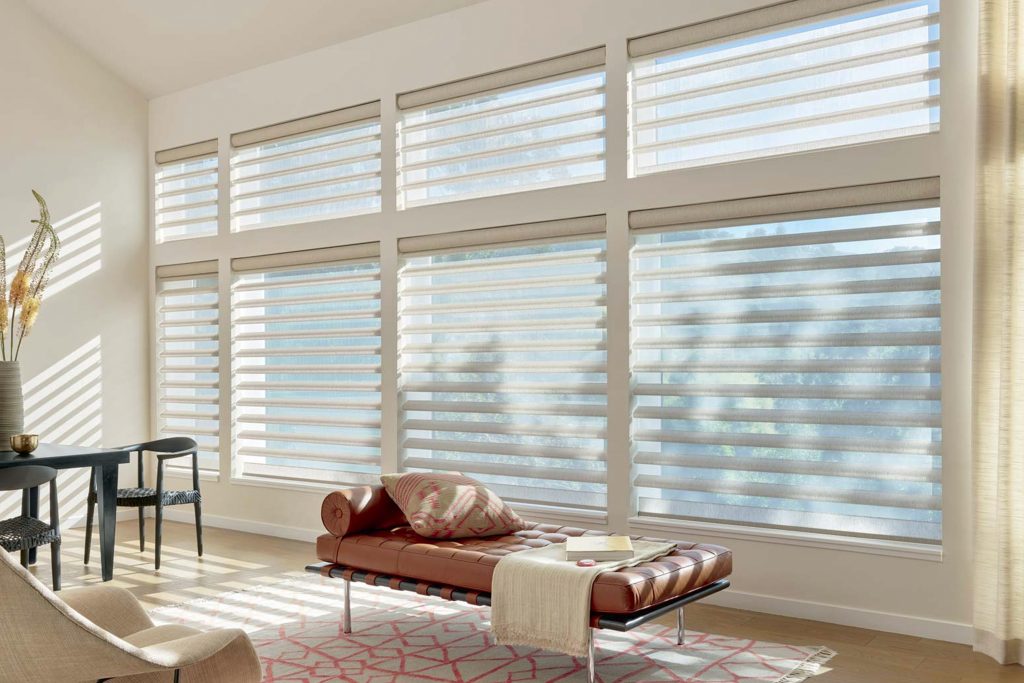
Functionality
Different window coverings offer various functionalities. Each type of window treatment serves specific purposes, addressing various practical needs in different rooms. For instance, curtains, with their versatility in fabric and design, offer a balance between light control and privacy. They can be easily adjusted to allow varying levels of natural light, making them suitable for both living rooms and bedrooms. Blinds, with their adjustable slats, provide precise control over light and privacy. This makes them ideal for spaces such as offices or bathrooms.

Maintenance
Think about the ease of maintenance. Some materials and styles are more prone to dust and may require regular cleaning. For instance, blinds are generally easy to clean with a damp cloth or gentle vacuuming. This makes them a low-maintenance option. On the other hand, fabric-based coverings like curtains and drapes may require more attention. Their material can accumulate dust and allergens, so regular cleaning is necessary. Choose window coverings that align with your maintenance preferences and lifestyle.
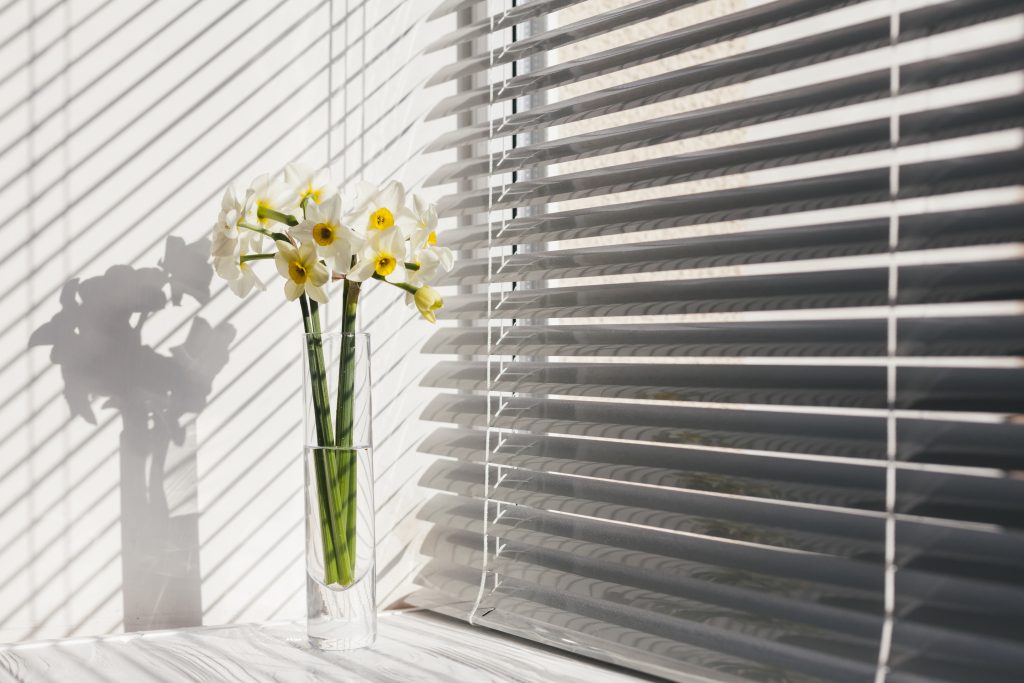
Temperature Control
In regions with extreme temperatures, window coverings can contribute to energy efficiency. Insulating materials like thermal curtains or cellular shades can help regulate the room temperature and reduce energy costs. Consider the direction and orientation of windows compared to the sun’s path. This will help you select window coverings that maximize or minimize solar heat gain, depending on your climate needs.
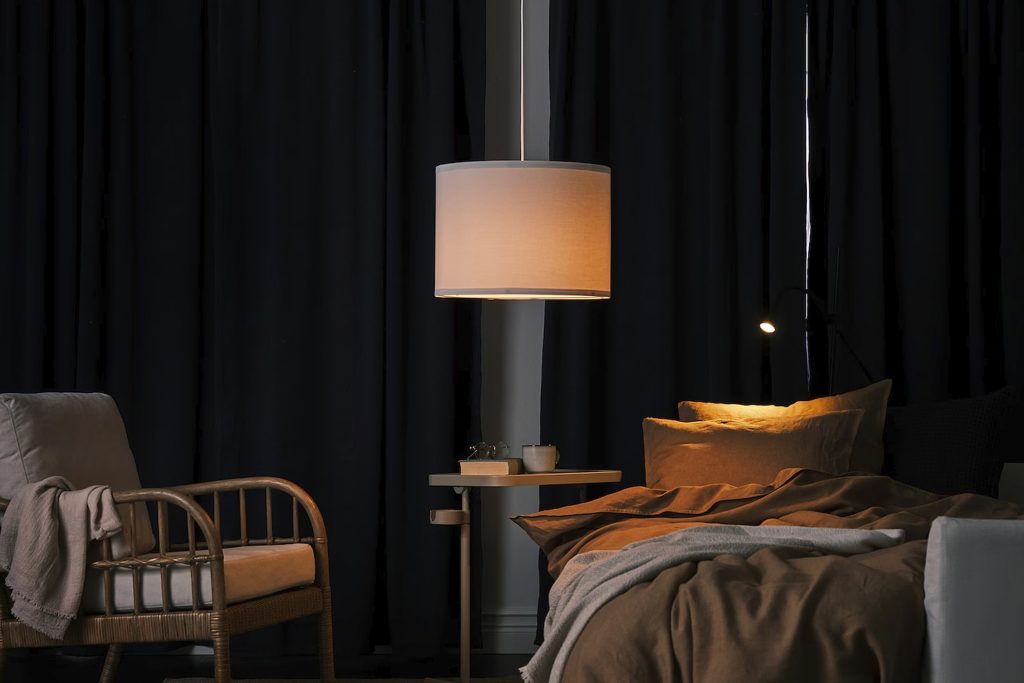
Coordination Between Rooms
While each room may have its unique style, maintaining a cohesive look throughout your home is essential. Consider how the window coverings in one room complement those in adjacent spaces. Consistency in the type of window coverings also plays a role; for example, using similar blinds or curtains across multiple rooms creates visual continuity. However, this doesn’t mean every room has to be identical. You can still incorporate variations in texture, pattern, or fabric weight to add visual interest while maintaining a coordinated feel.
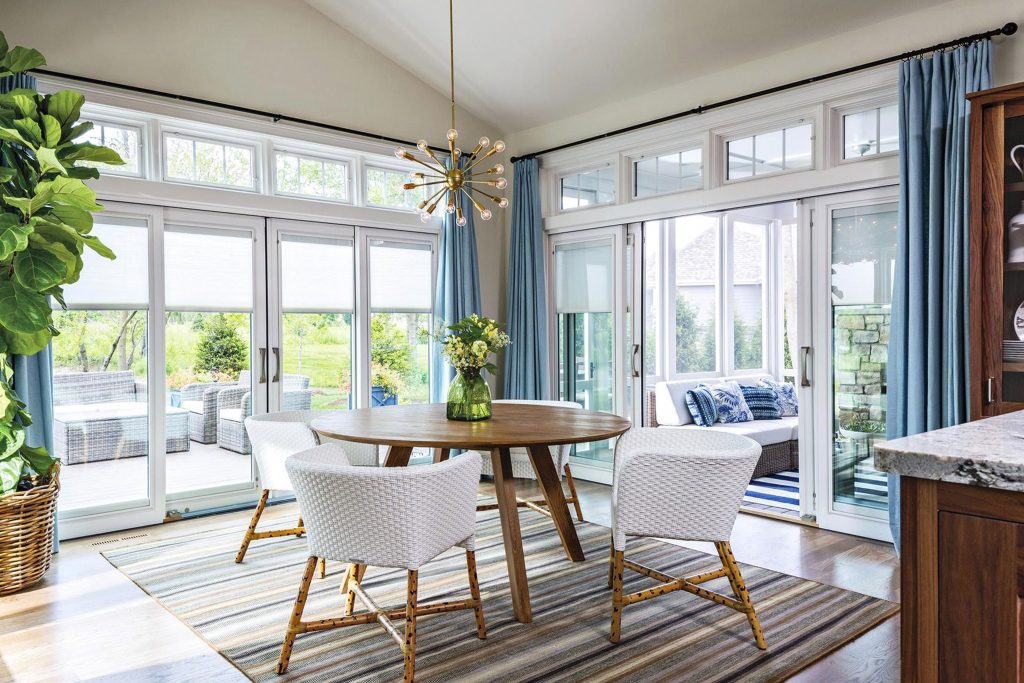
In Conclusion
In conclusion, the world of window coverings is a rich tapestry—pun intended—of choices that extend beyond style and functionality.
Remember that windows are not just openings to the external world; they are opportunities for artistic expression and personalization. May your living spaces be adorned with window treatments that not only frame your view but also reflect your individuality, creating a home that is as aesthetically pleasing as it is functional.
Looking for more home decor tips? Check out some of our other blogs such as
Decorating Your Kitchen Counter, Decorating Your Cottage, and Decorating Without Clutter.


